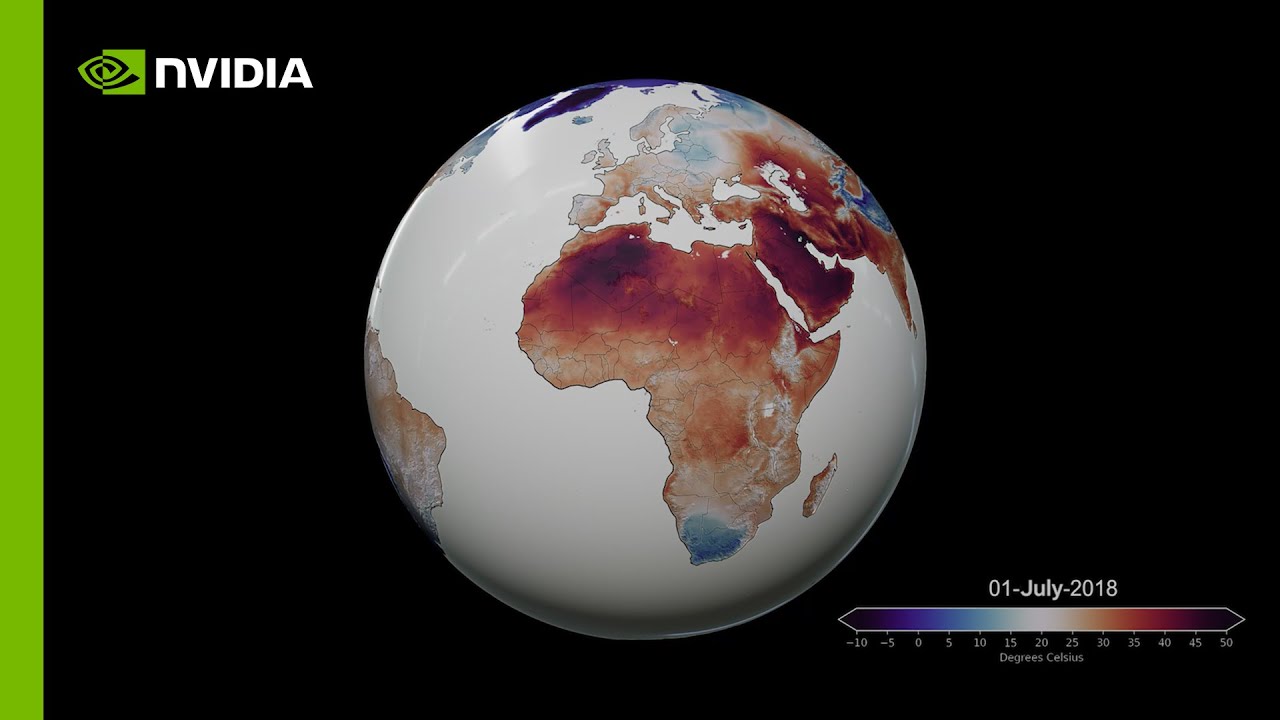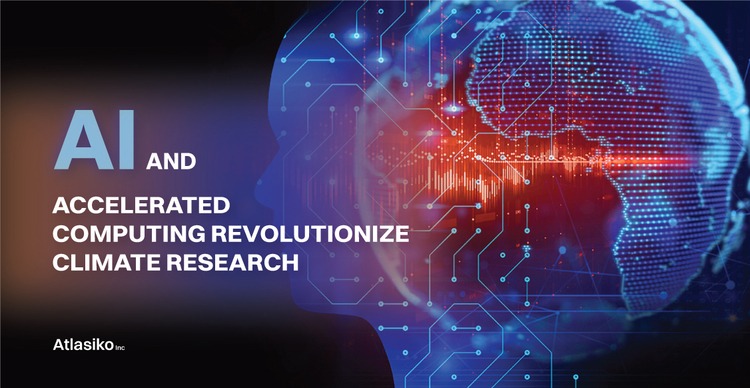AI and accelerated computing will play a crucial role in aiding climate researchers to achieve groundbreaking advancements in climate research, according to Jensen Huang, the founder, and CEO of NVIDIA. Speaking at the Berlin Summit for the Earth Virtualization Engines (EVE) initiative, Huang emphasized the significance of climate modeling and its impact on policymakers, researchers, and the industry. The Berlin Summit aims to leverage AI and high-performance computing to enhance climate prediction.
During his keynote speech, Huang highlighted three key requirements that climate researchers must fulfill to attain their goals. Firstly, they need to simulate the climate at an accelerated pace and with a high resolution, down to a couple of square kilometers. Secondly, the ability to pre-compute vast amounts of data is essential. Finally, interactive visualization using NVIDIA Omniverse is crucial to empower policymakers, businesses, companies, and researchers.
The EVE initiative, also known as Earth Virtualization Engines, is an international collaboration that focuses on climate science, high-performance computing (HPC), and AI. EVE aims to provide easily accessible climate information at a kilometer-scale resolution, facilitating sustainable management of the planet. Huang emphasized the ideal timing of the collaboration between EVE and NVIDIA's Earth-2 efforts, which were built on three fundamental breakthroughs.
Accelerated computing has already been beneficial for various applications such as ICON, IFS, NEMO, MPAS, and WRF-G. NVIDIA's GH200 Grace Hopper Superchip, an accelerated CPU specifically designed for giant-scale AI and HPC applications, offers up to 10 times higher performance for processing terabytes of data. By connecting multiple GH200 chips, NVIDIA can provide highly efficient systems that accelerate the work of cutting-edge climate researchers.
To enable researchers to utilize vast amounts of data quickly, Huang discussed NVIDIA Modulus, an open-source framework for building, training, and fine-tuning physics-based machine learning models. He also mentioned FourCastNet, a global weather forecasting model driven by data, demonstrating how AI-driven models can learn physics principles from real-world data. By combining raw data with traditional simulation checkpoints, more detailed and long-range weather forecasts become possible. Huang showcased how FourCastNet predicted the path of Hurricane Harvey accurately by incorporating the Coriolis force, which considers the Earth's rotation's effect on the storm.

Using Modulus, NVIDIA was able to generate 21-day weather trajectories for 1,000 ensemble members in a fraction of the previous time and with significantly lower energy consumption. Furthermore, NVIDIA's technologies, including digital twins, enable the creation of interactive models for complex systems, such as Amazon warehouses, and the propagation of 5G signals in dense urban environments. Huang concluded his presentation by unveiling a captivating high-resolution interactive visualization of global-scale climate data in the cloud, demonstrating its potential in predicting climate and weather patterns in different locations worldwide.
To address these challenges, NVIDIA is developing more powerful systems for training AI models, simulating physical problems, and interactive visualization. Huang emphasized that these new supercomputers represent the forefront of computing technology. He concluded by expressing gratitude to key researchers and proposed a mission statement for EVE, referring to it as the "final frontier" and highlighting its mission to push the boundaries of computing in climate modeling, informing the impact of mitigation and adaptation for the future of Earth.







